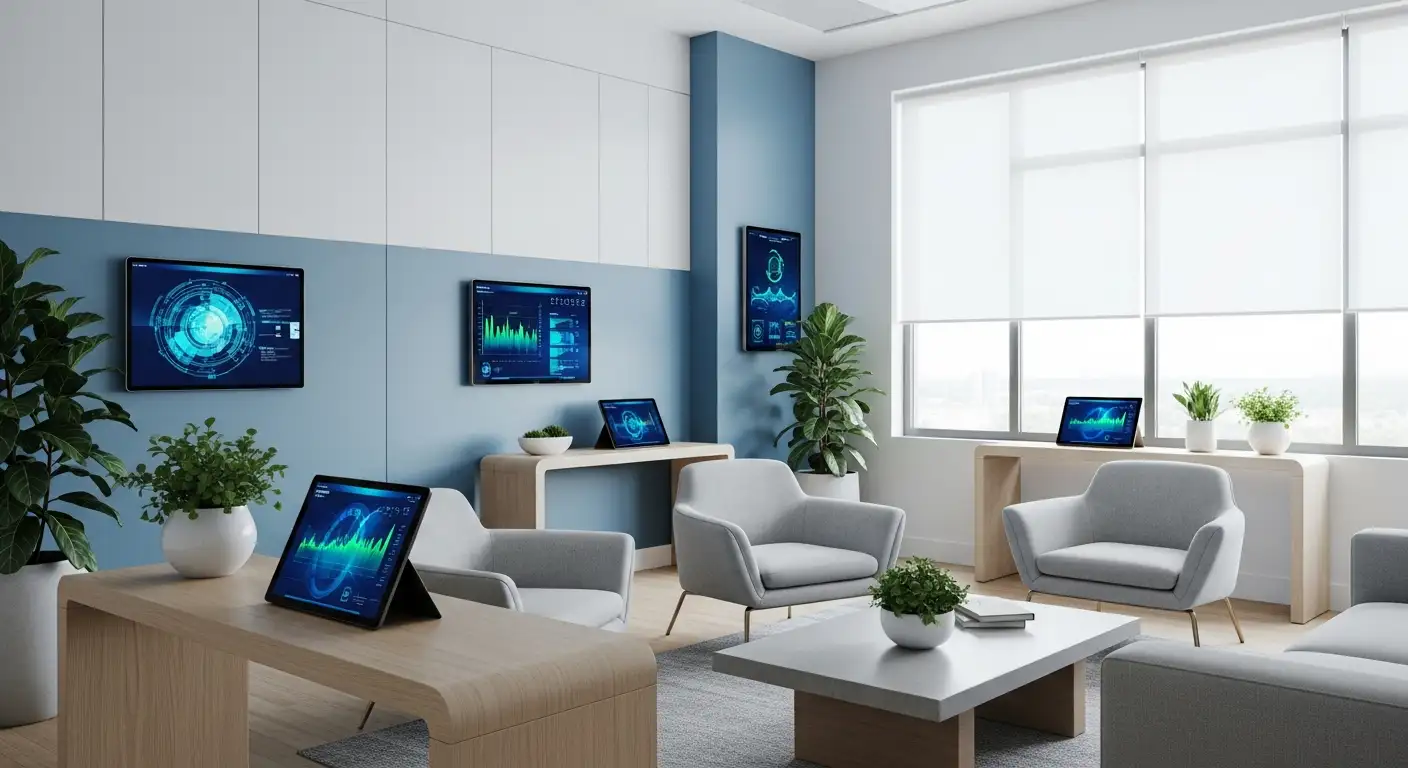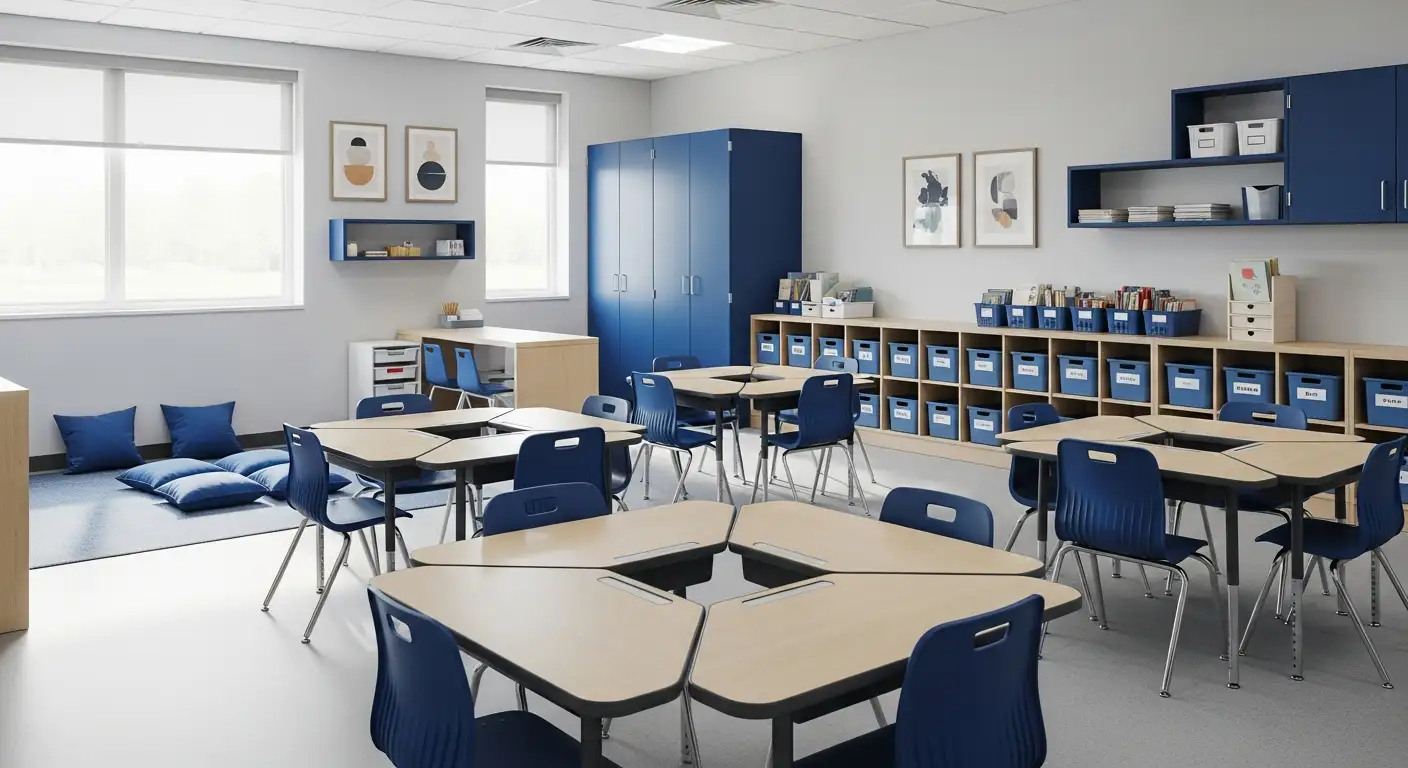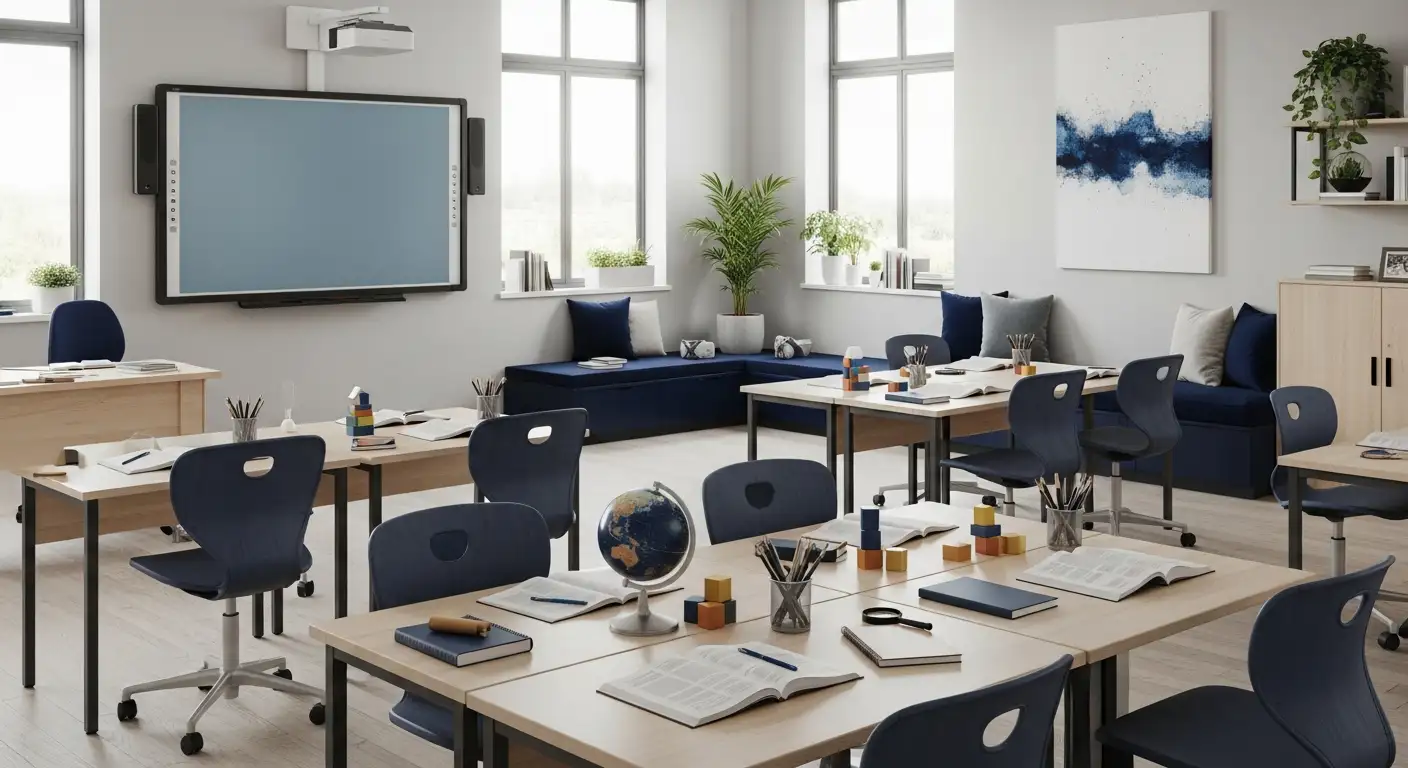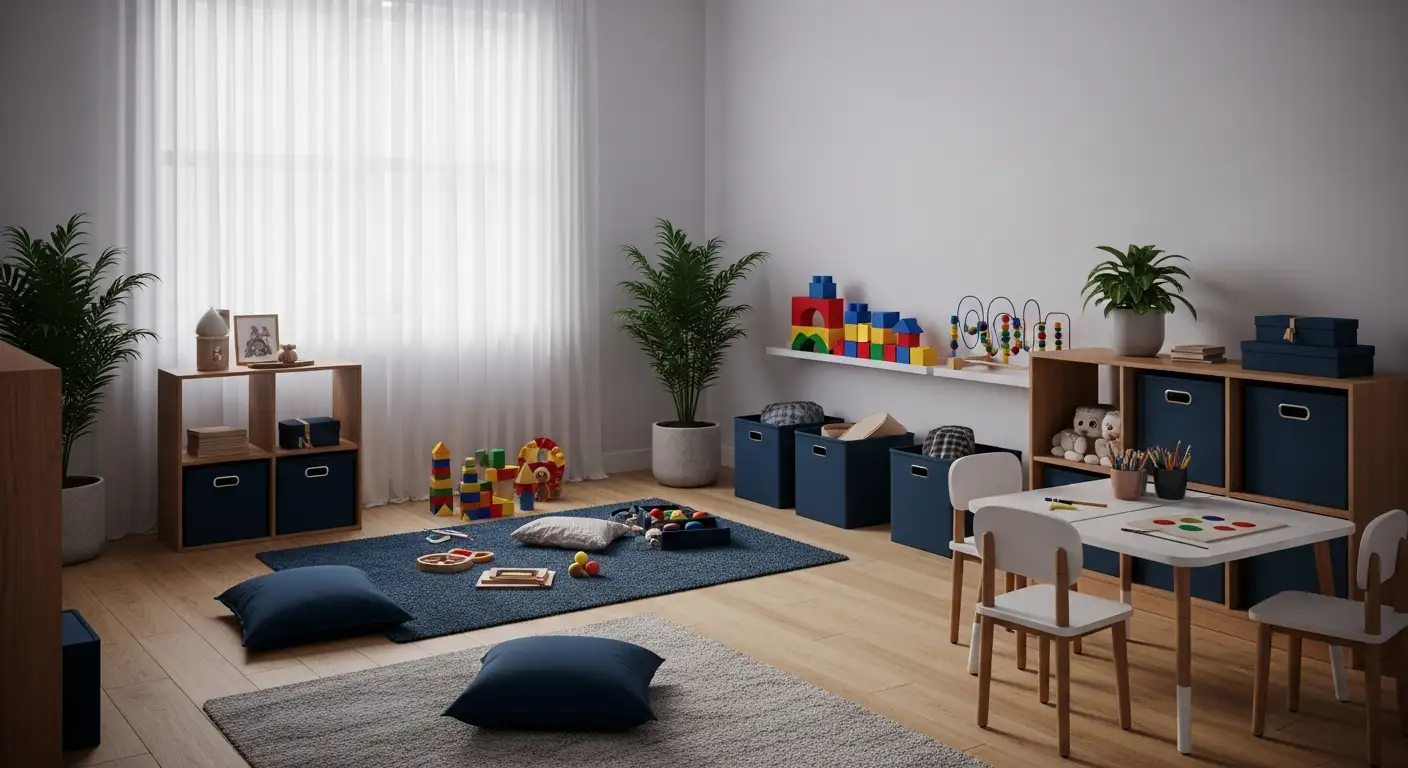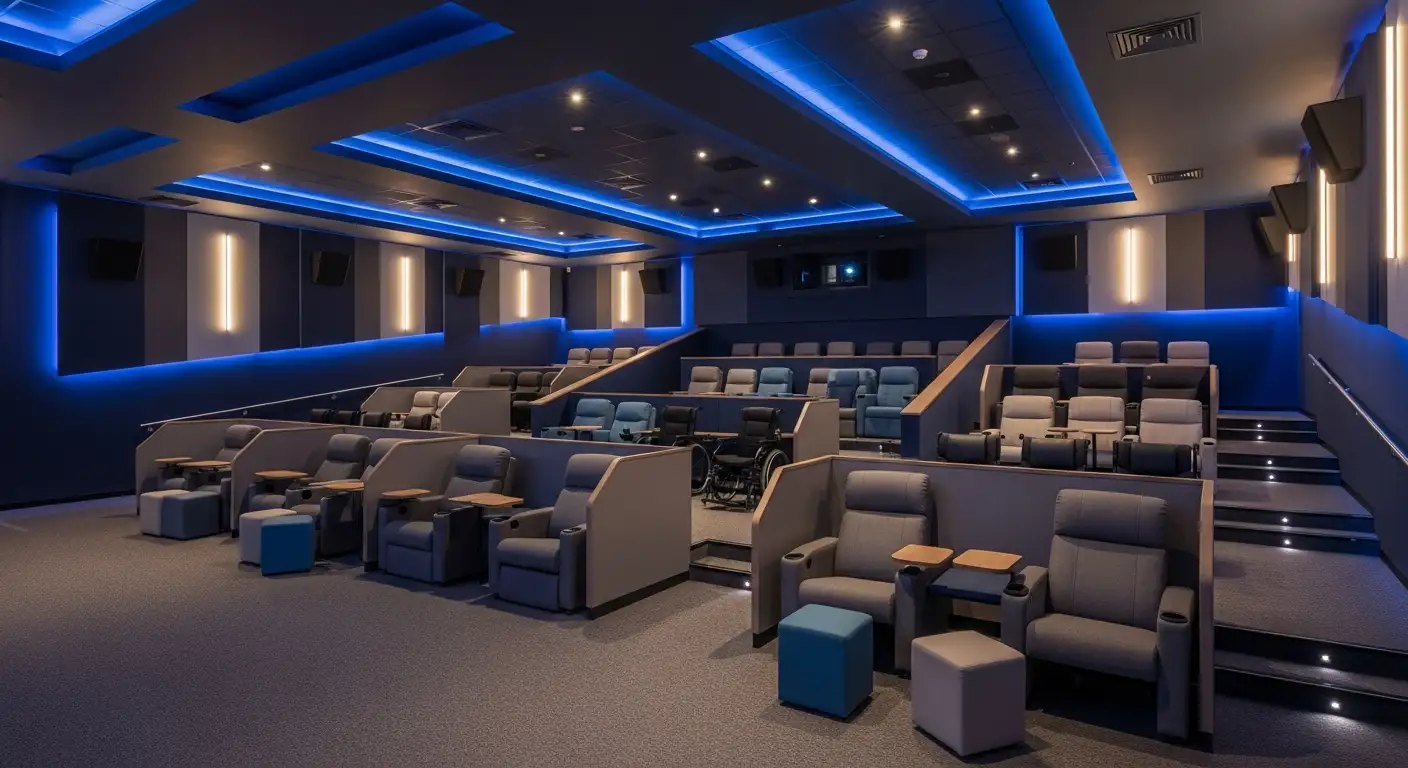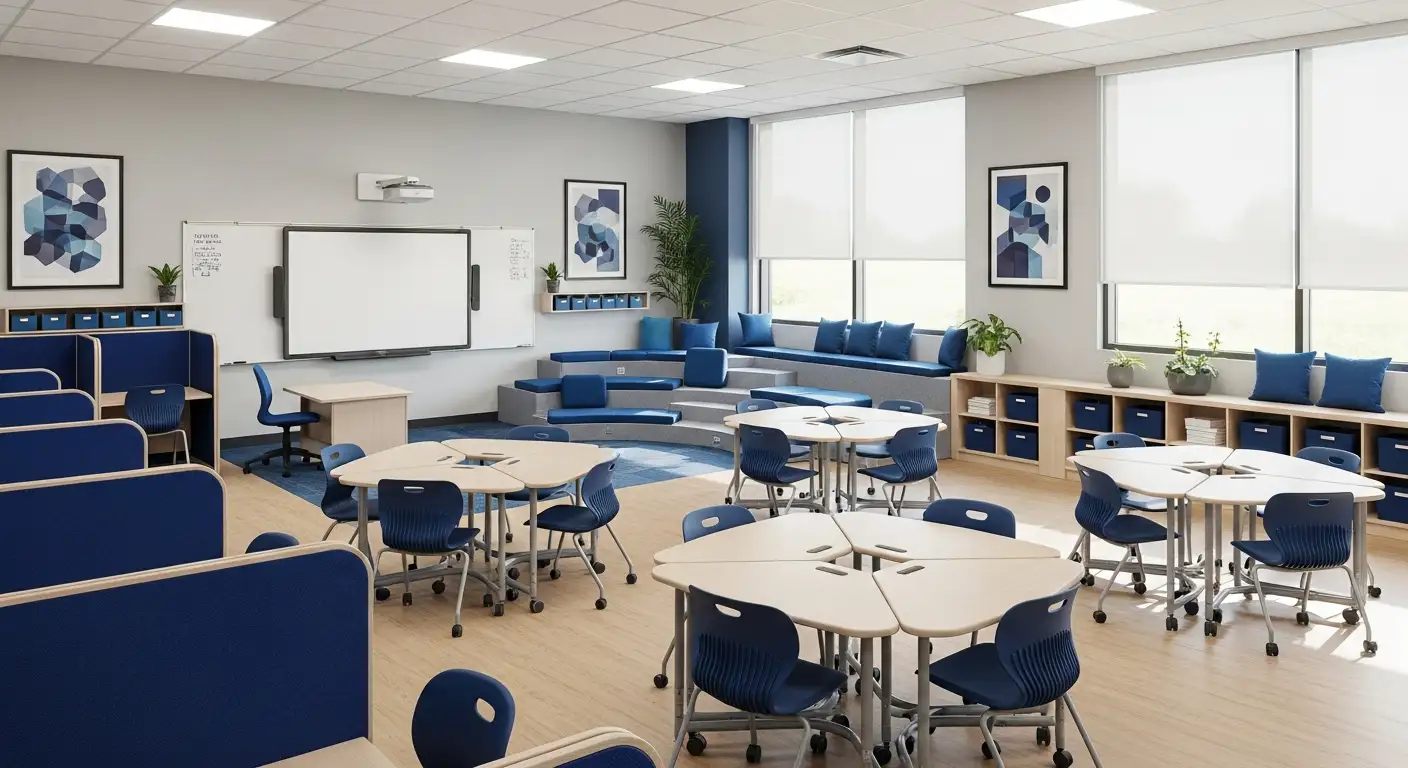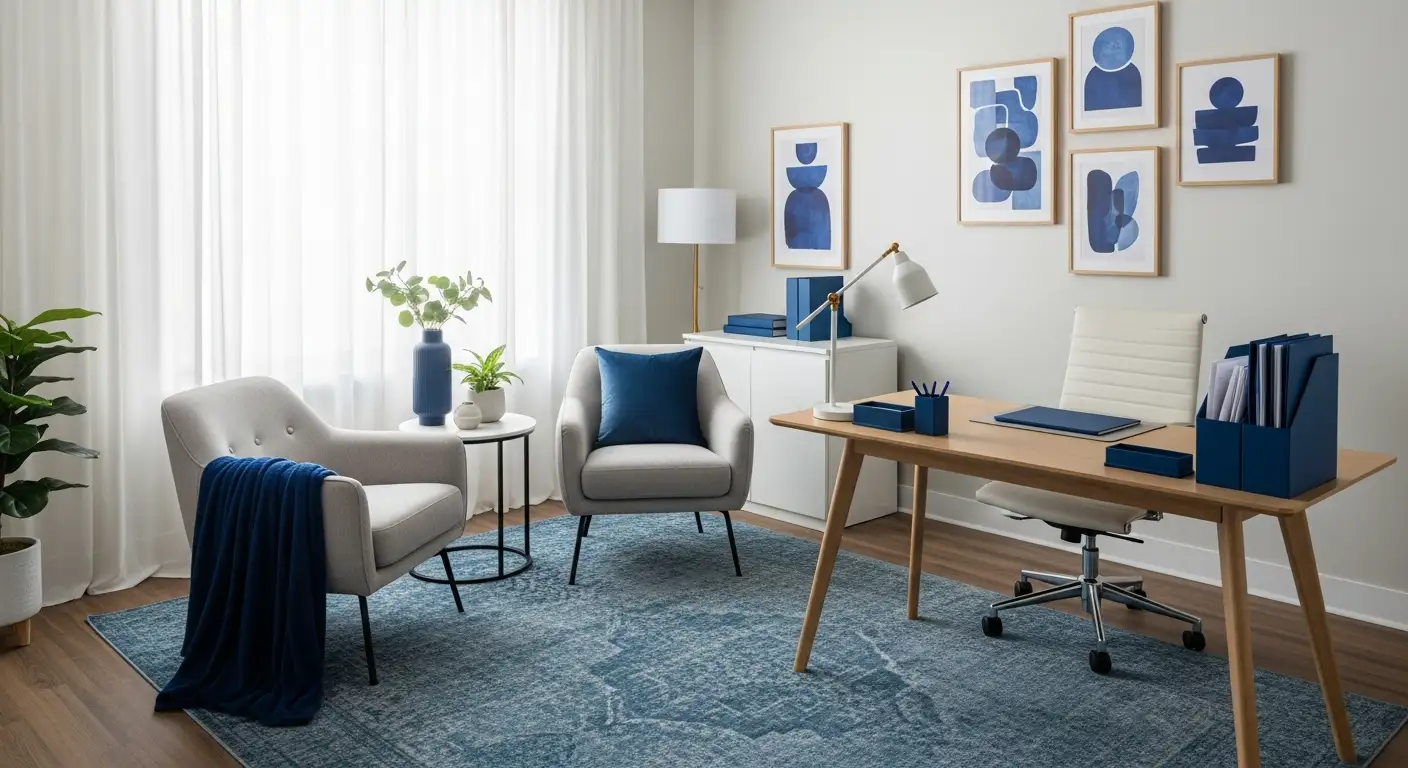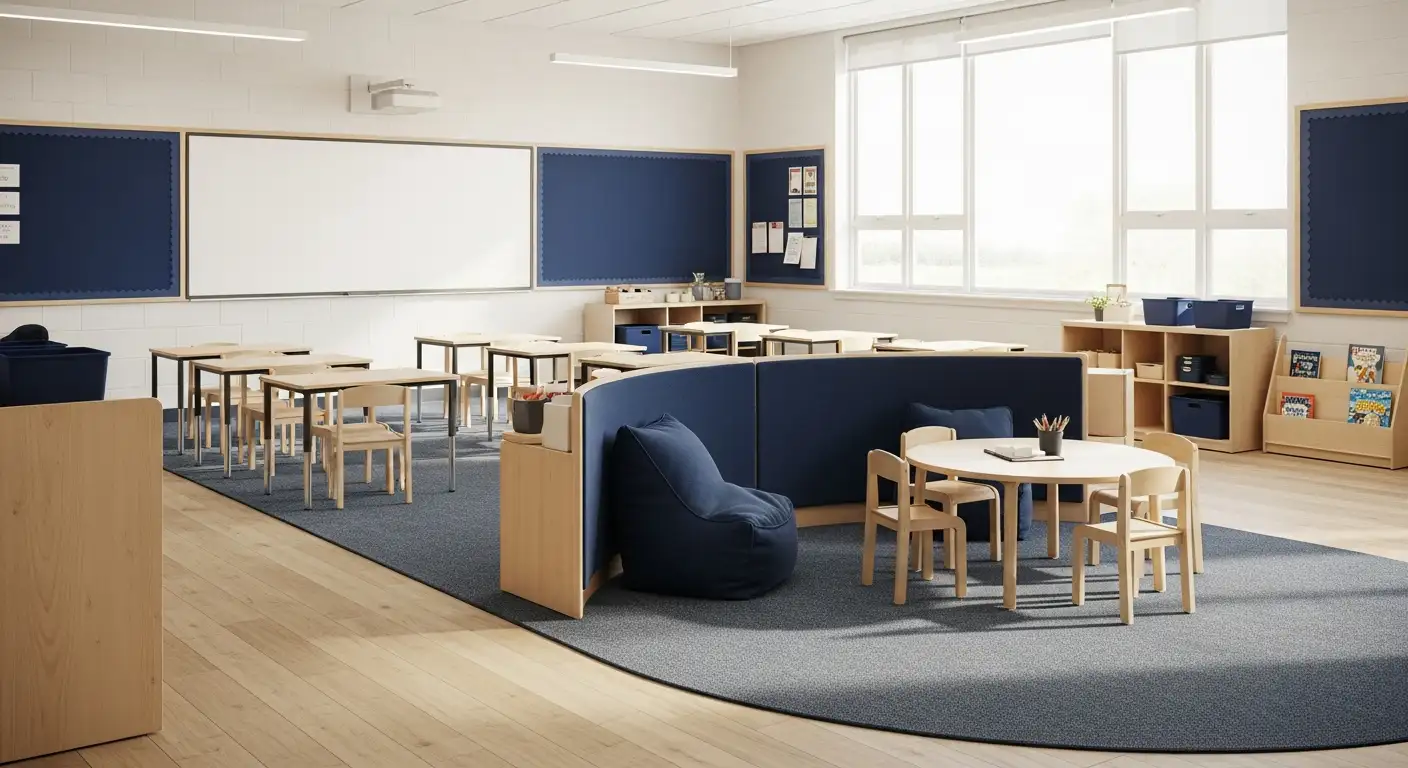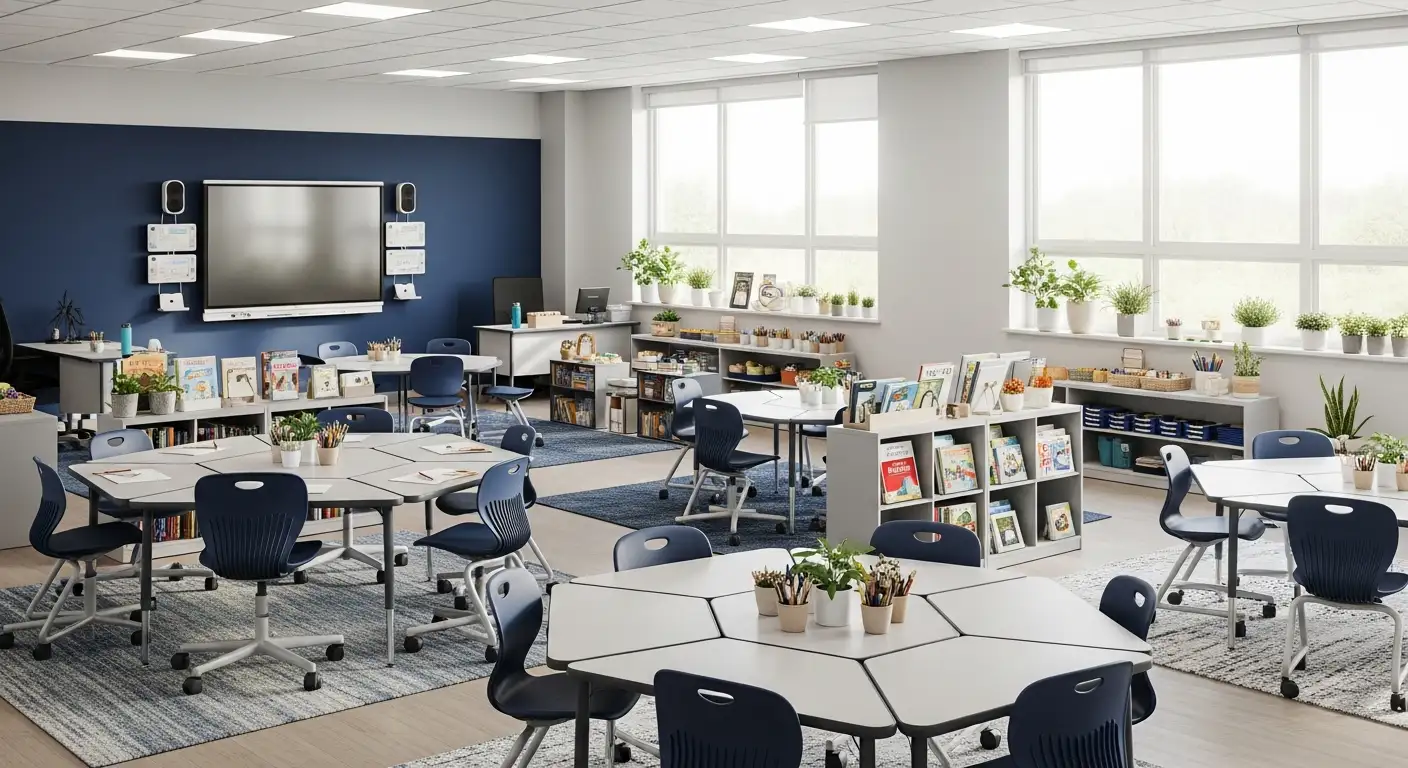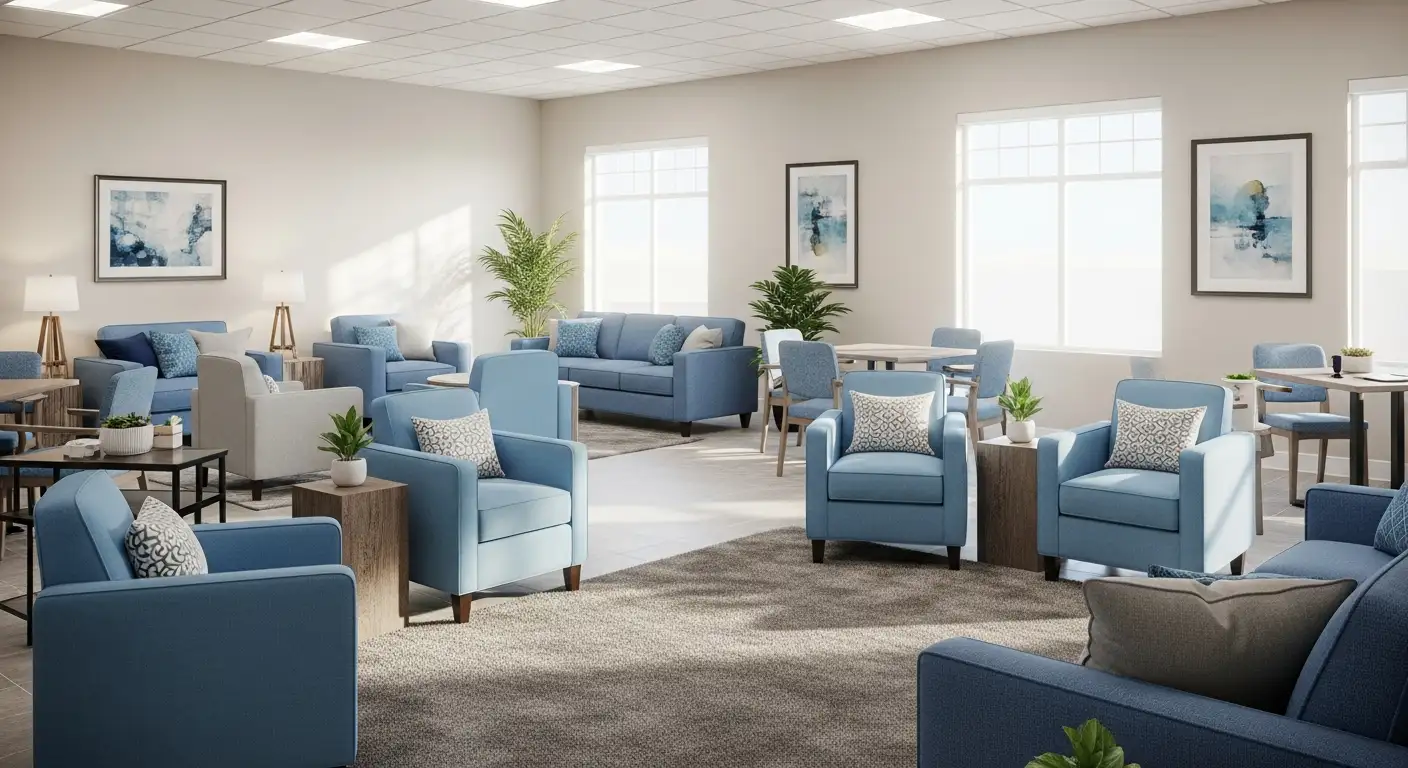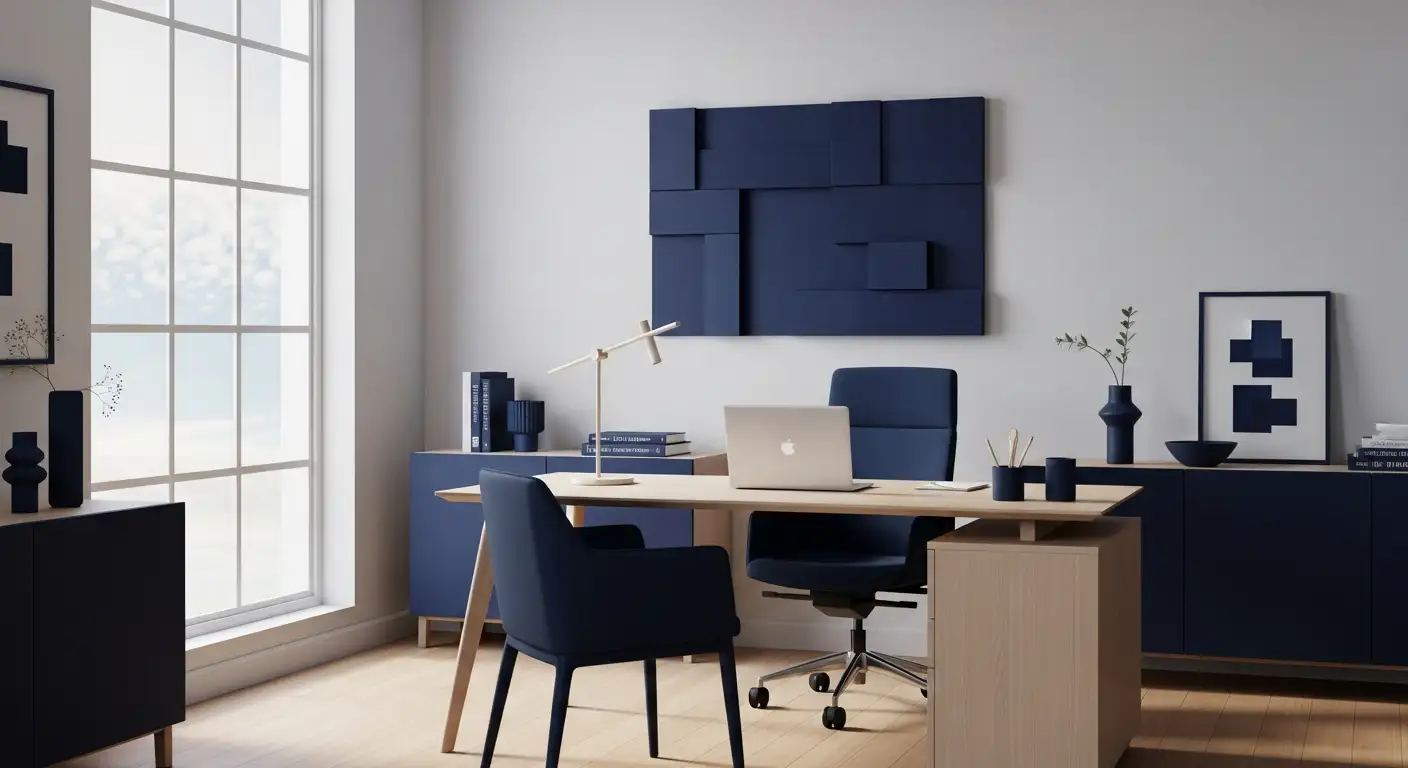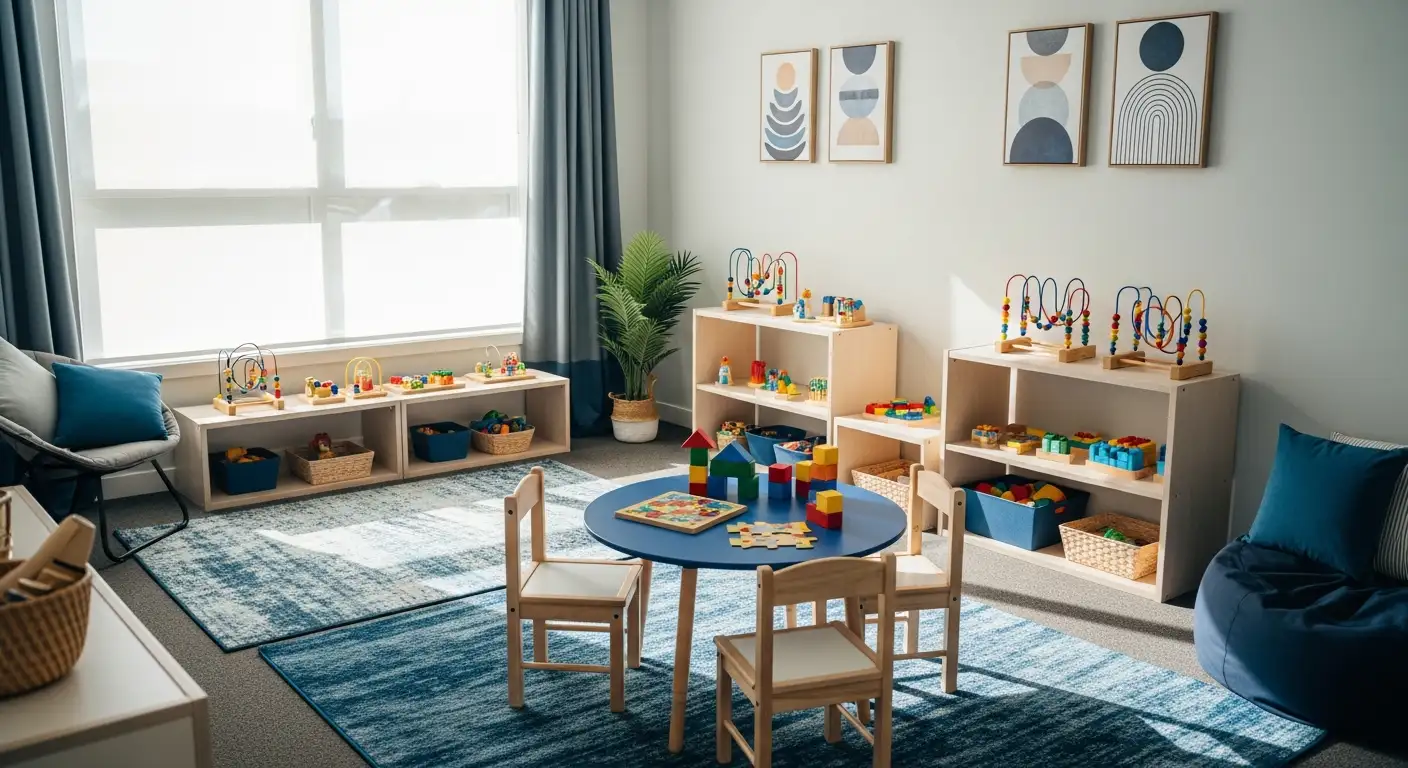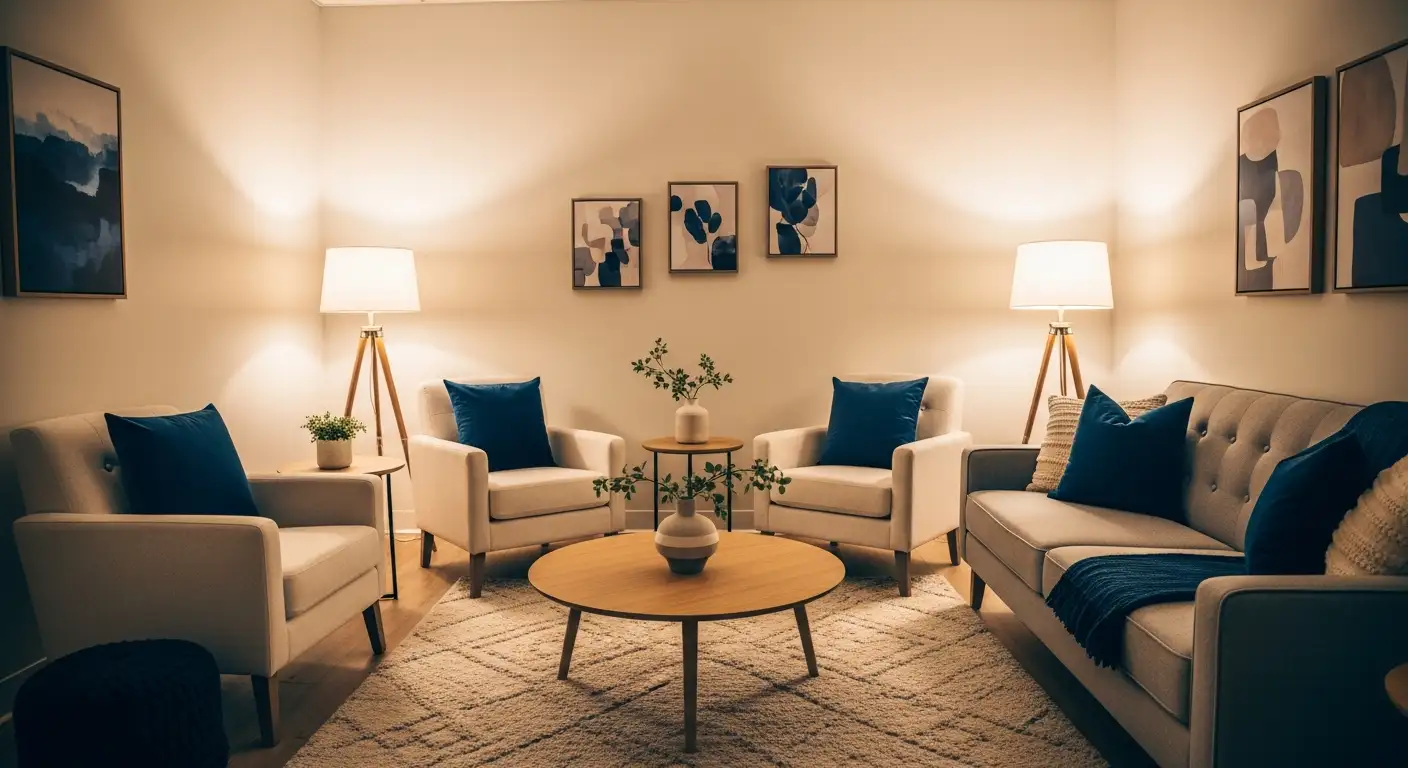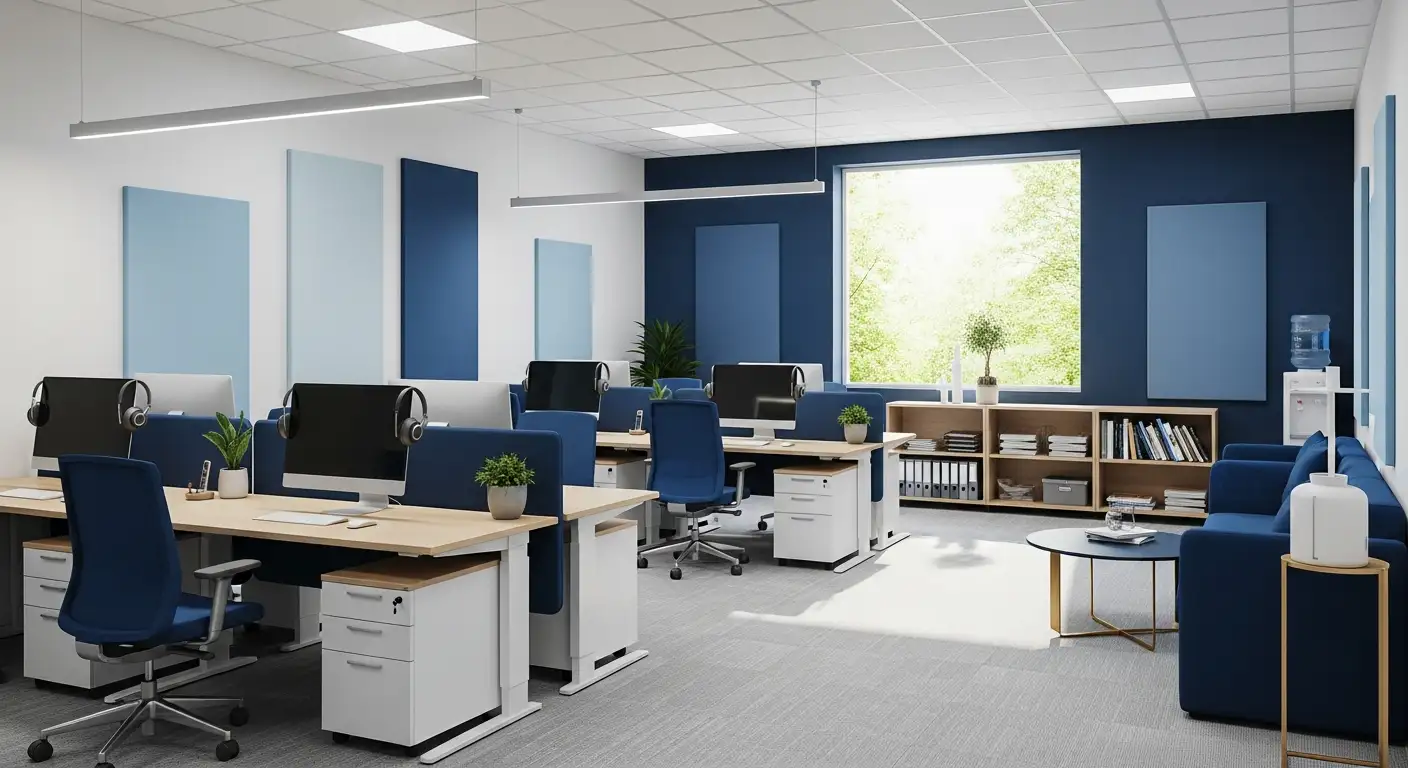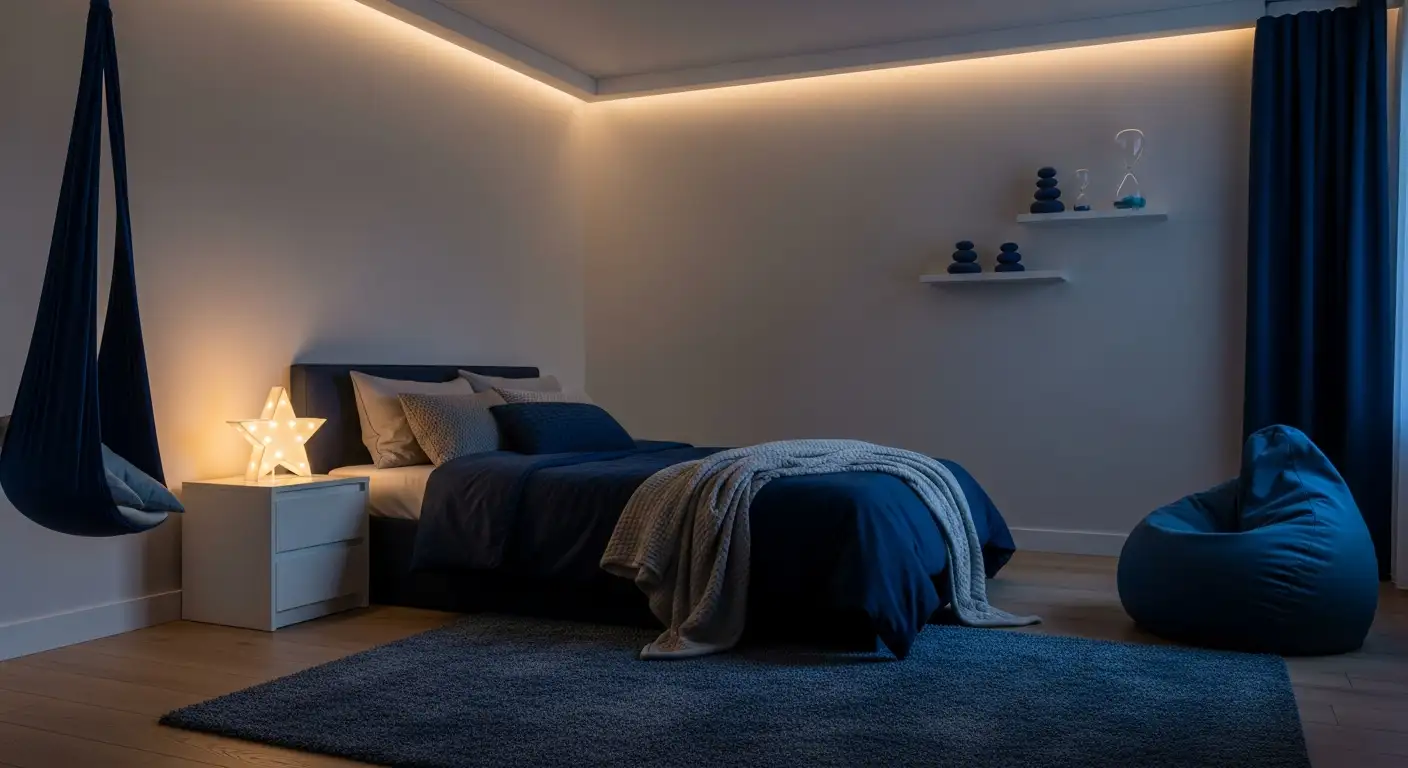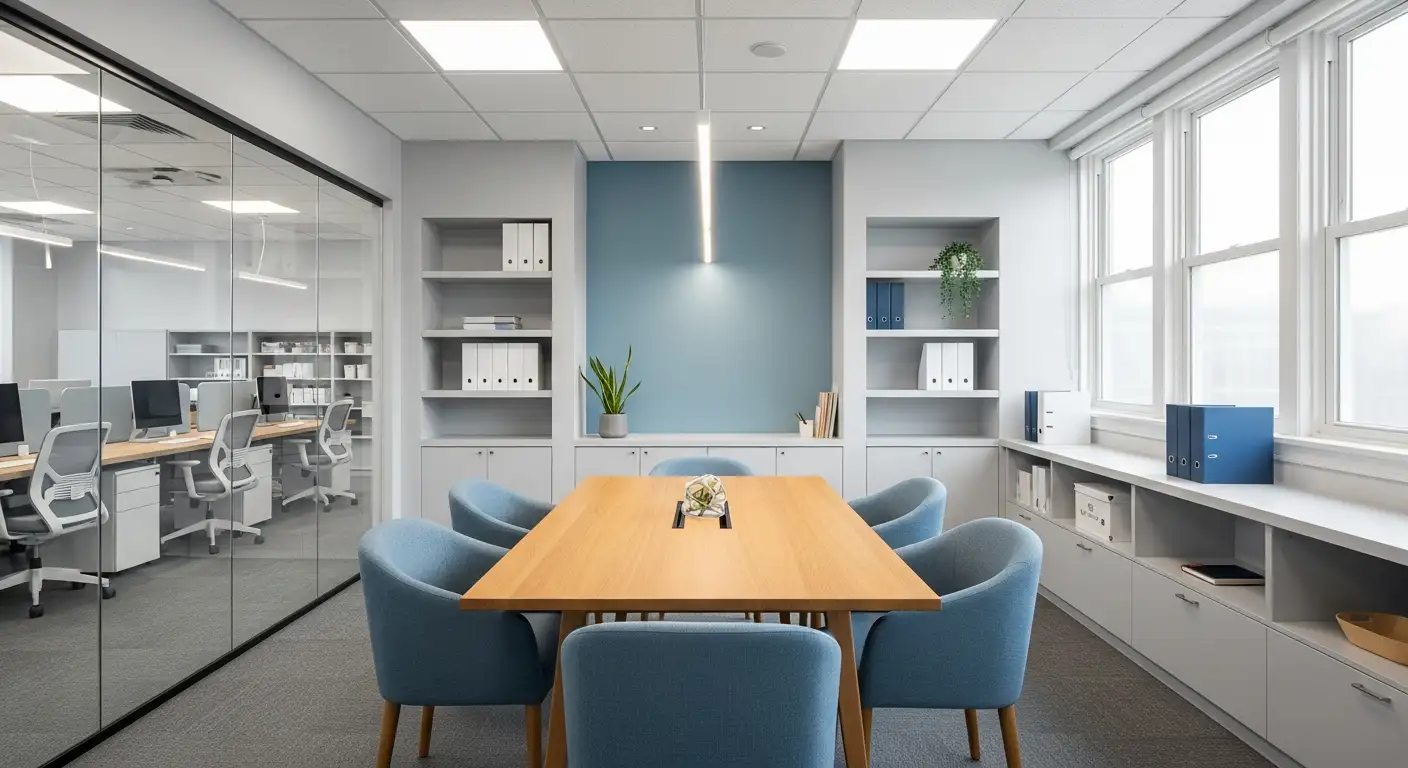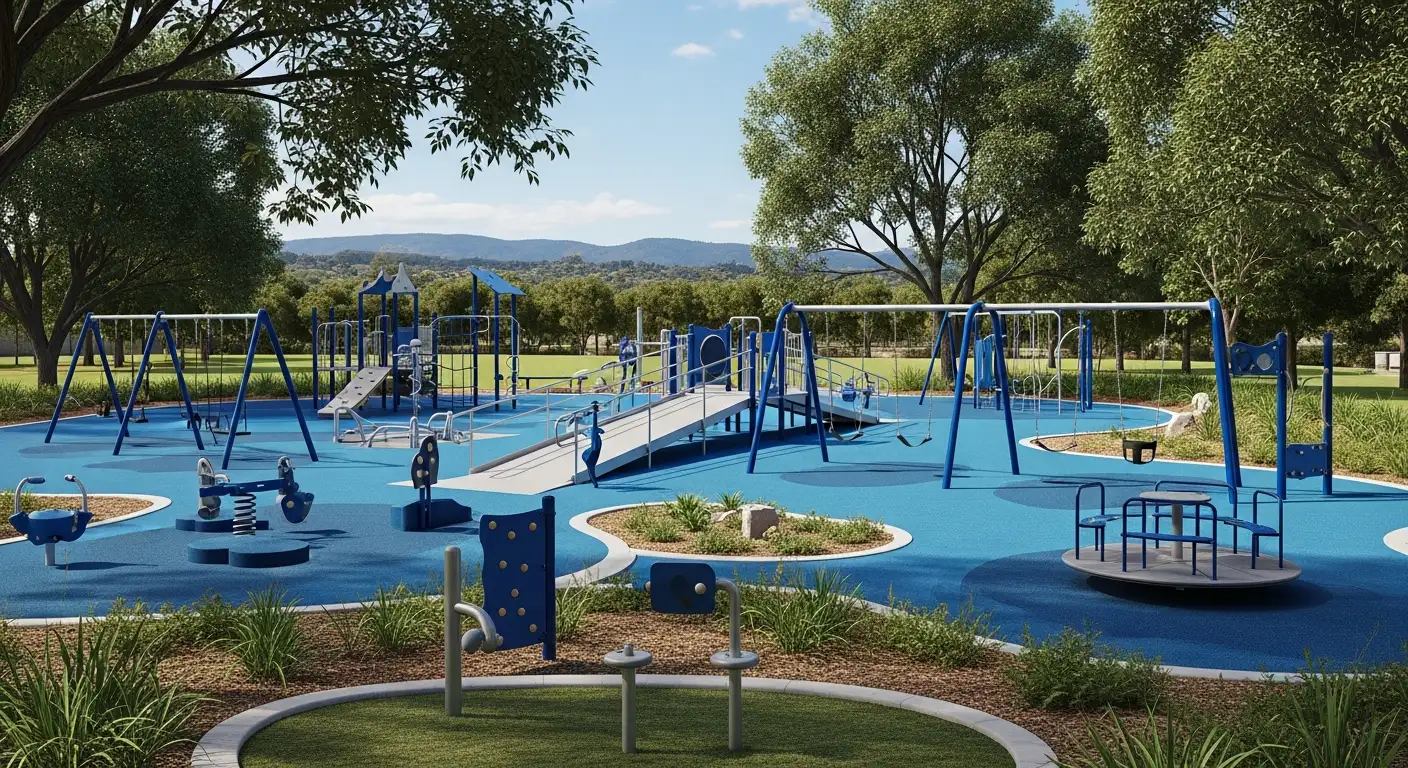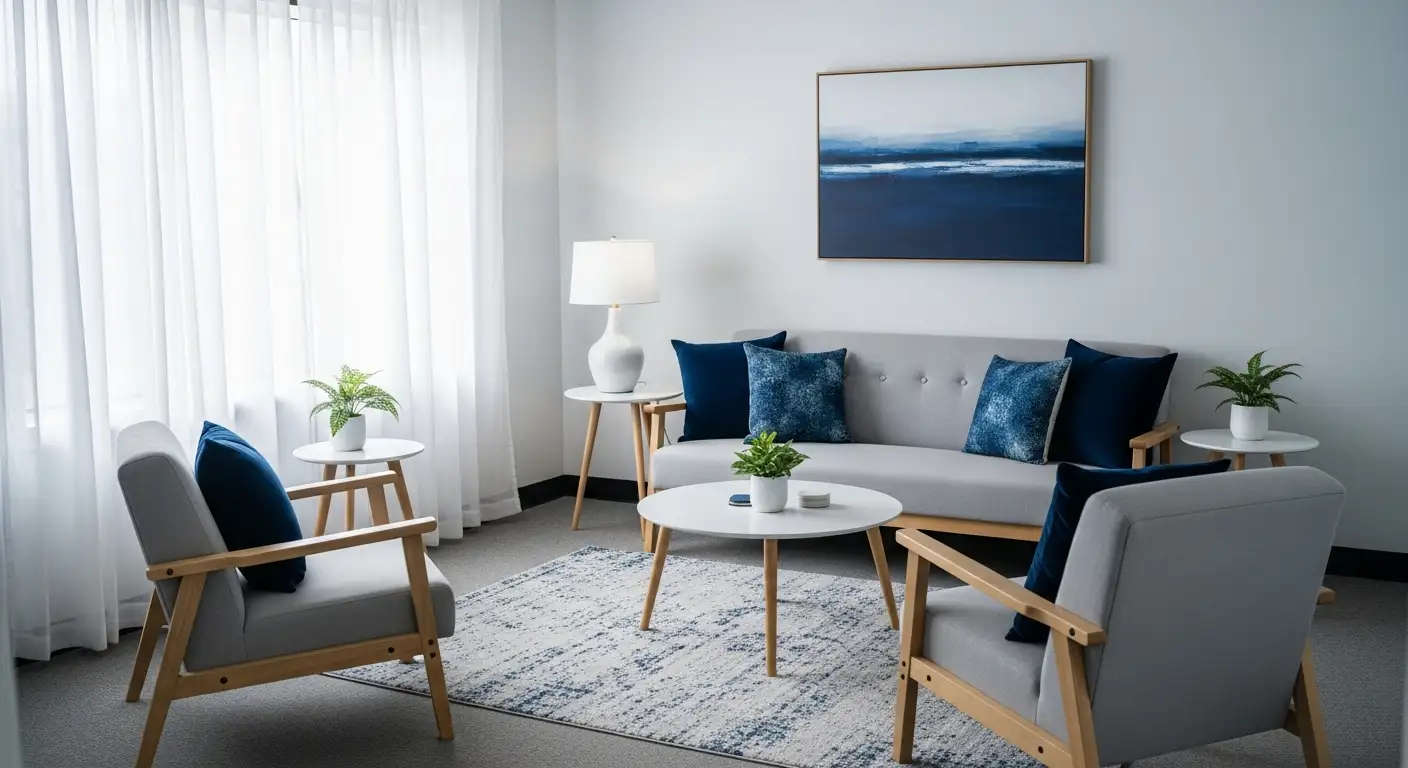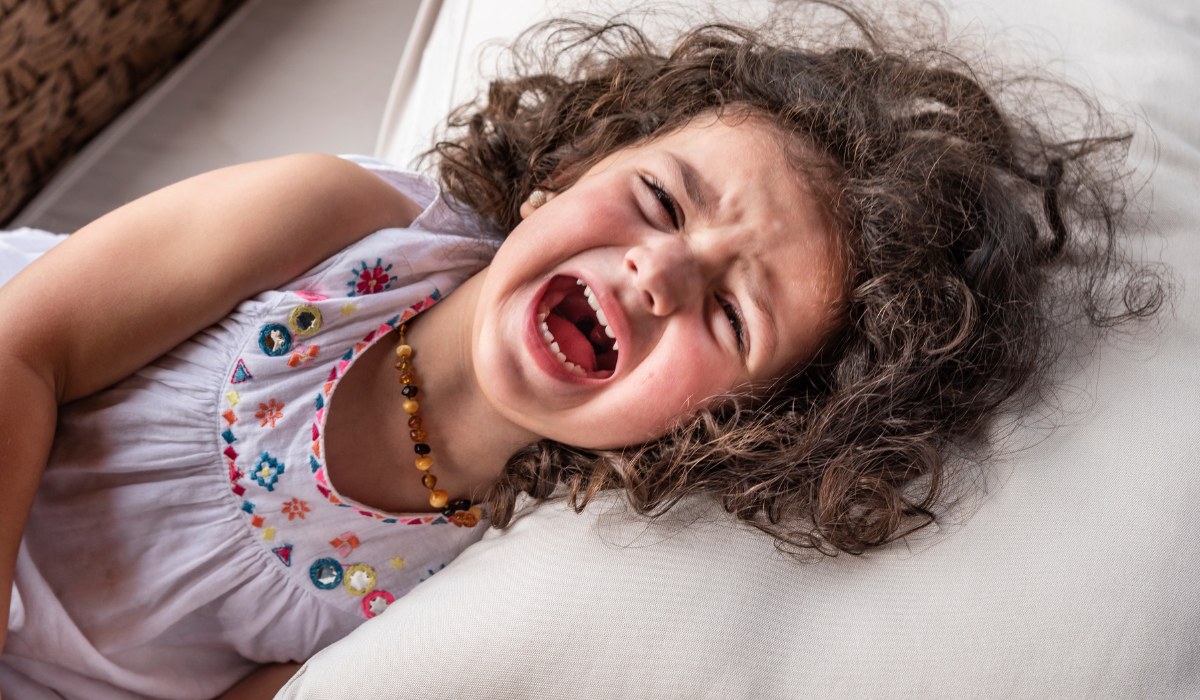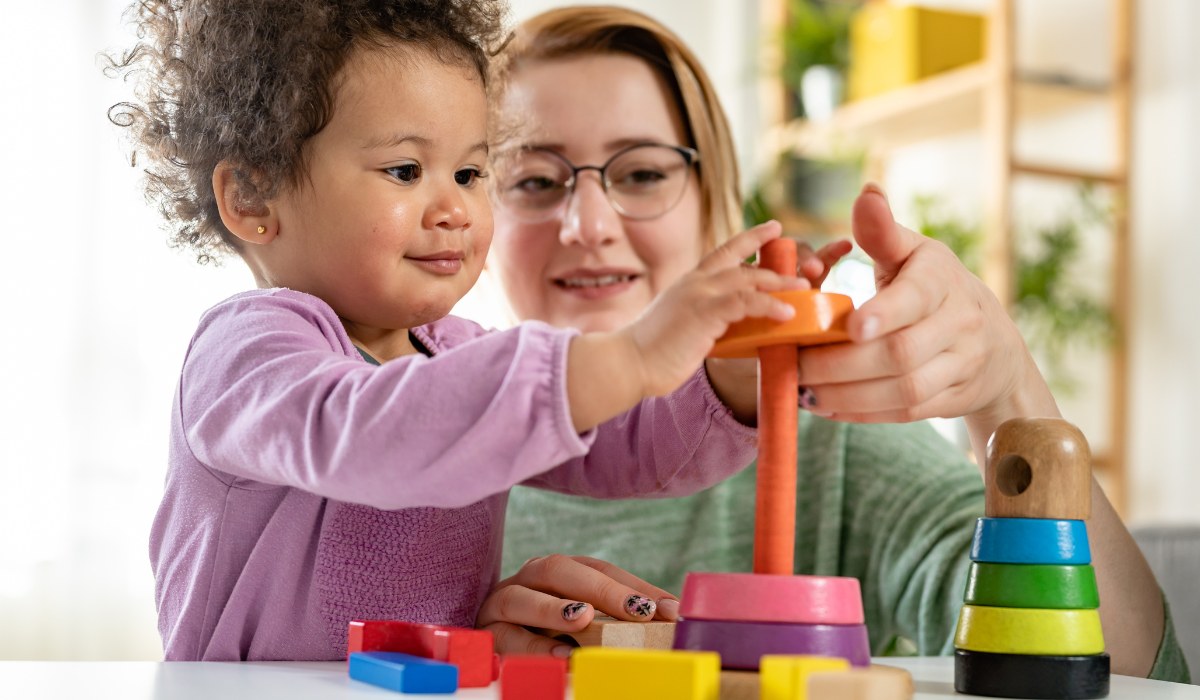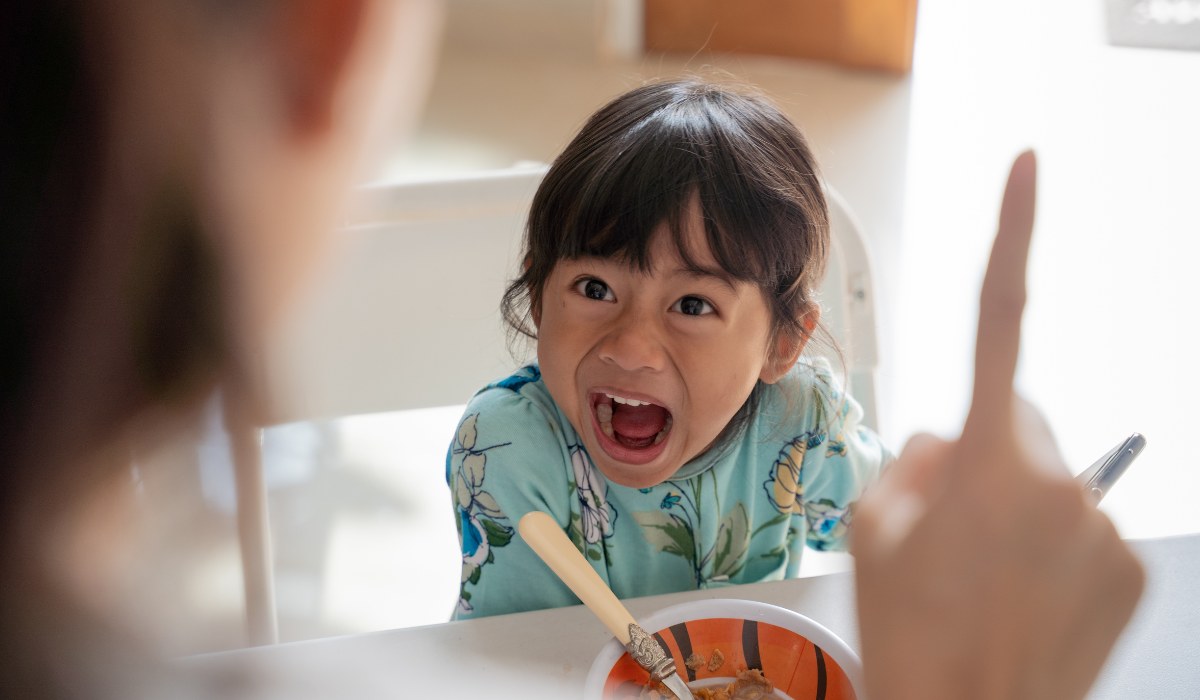How to Manage Light Sensitivity in Autistic Children
Learn practical strategies to manage light sensitivity in autistic children, helping them feel safe, comfortable, and better able to engage in daily activities.
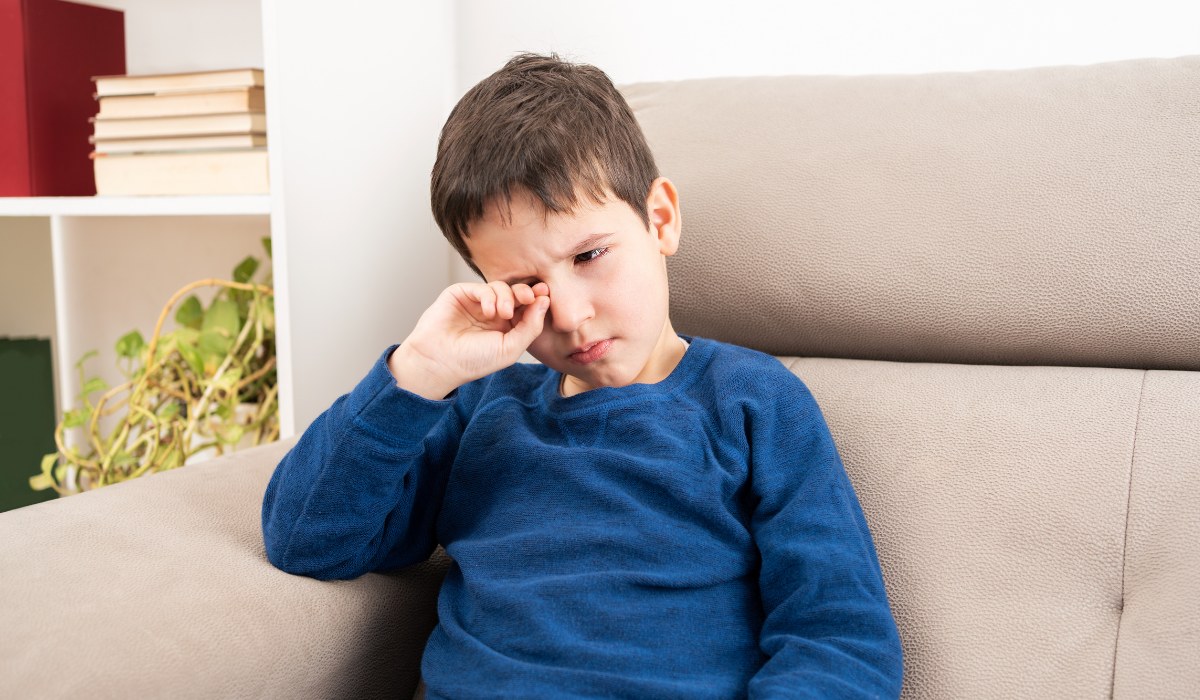
Key Points:
- Environmental adjustments (lighting, filters, layout) are foundational to reducing sensory overload.
- Behavior-based strategies (gradual exposure, coping skills, communication supports) help children build tolerance and self-regulate.
- Collaboration—between parents, therapists (ABA, OT), educators—is critical for consistent support and success.
Light sensitivity—also called photophobia or visual hypersensitivity—is a common, but often under-discussed, challenge in many autistic children. What seems like “too bright” to a neurotypical person might feel overwhelming, painful, or even exhausting to a child whose sensory system interprets light more intensely.
For parents, caregivers, and professionals, learning how to manage light sensitivity is about more than reducing glare. It’s about helping your child feel safe, comfortable, and able to engage in daily life—from play at home, to classroom learning, to outings in public.
In this article, we’ll explore what light sensitivity looks like in autistic children, why it happens, and—most importantly—practical, concrete strategies you can apply immediately. We’ll also look at how behavior-analytic techniques (especially ABA) can support lasting improvements.
Understanding Light Sensitivity in Autism
Before diving into fixes, it helps to know why many autistic children react strongly to light. That understanding can guide the strategies you choose and how you implement them.
What is Light Sensitivity (Photophobia)?
Light can do more than simply brighten a room — for some children, it can overwhelm their senses. When everyday lighting feels too harsh or visually “busy,” it may point to a deeper sensory difference.
Understanding how and why light sensitivity happens can shed light on what your child is truly experiencing and how to make their environment more comfortable. Here’s what to know about light sensitivity and what might be triggering it.
- Sensory hyper-responsivity: In some children, normal levels of light are perceived as intense stimuli. What others see as “bright but tolerable,” they experience as intense, uncomfortable, or even painful.
- Flicker detection: Many fluorescent or low-quality LED lights produce flicker (often imperceptible to most people) that may be registered by a hypersensitive visual system.
- Contrast, glare, and visual noise: Sharp contrasts (bright spots against dark backgrounds), reflections, or visual clutter can exacerbate discomfort.
How Light Sensitivity Shows Up Behaviorally
Because children—especially younger ones—may not be able to tell you directly, you’ll often see indirect signs. Some common indicators:
- Squinting, rubbing eyes, pulling shades or hands over face
- Avoiding brightly lit rooms, refusing to go outside or near windows
- Covering eyes or turning head away during transitions
- Increased irritability, shutdowns, meltdowns in places with strong lighting
- Slower task completion or reluctance to participate under harsh lighting
Observing when and where these behaviors occur gives you clues about triggers and patterns.
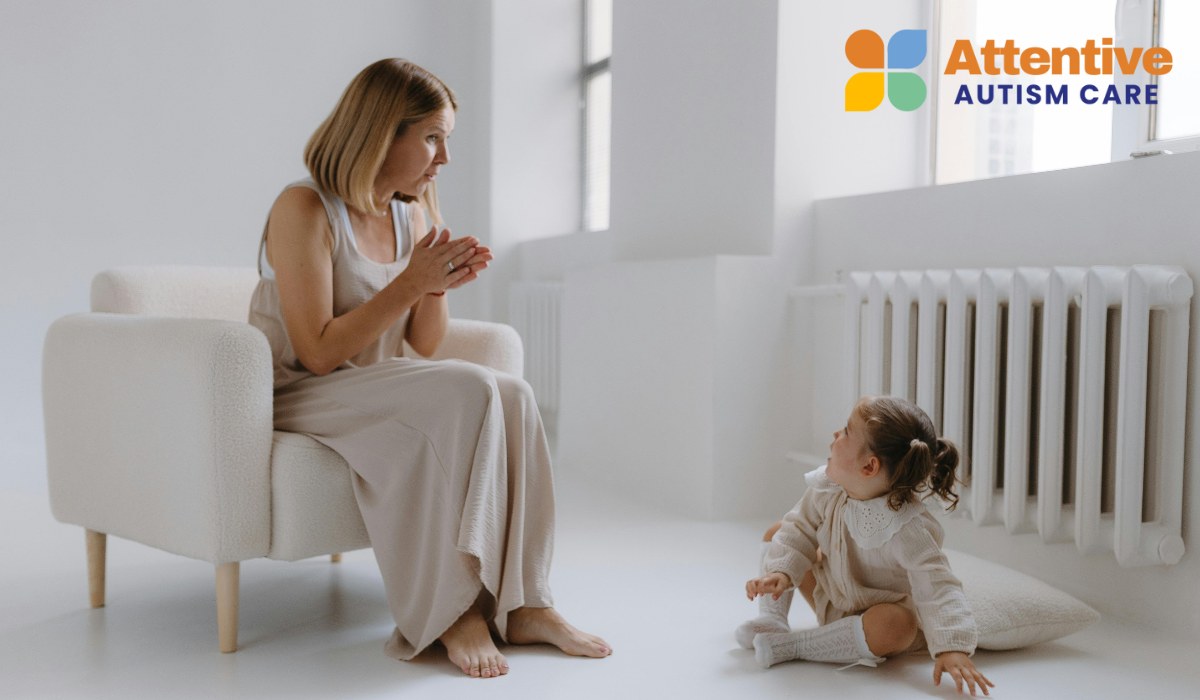
Modifying the Environment: Lighting and Space Adjustments
To reduce sensory load, your first line of defense is the environment. Adjustments here set the stage for your child to feel more at ease.
Before reading the list below, imagine walking into your child’s room and seeing every lighting element turned on full blast. Now imagine being able to dial down or layer those lights—this is the difference we aim for.
Key environmental strategies:
Choose Warm, Dimmable Lighting
Opt for bulbs within the 2700 K–3000 K “warm white” range to create a soft, calming atmosphere that’s easier on sensitive eyes. Install dimmer switches so you can adjust brightness throughout the day, depending on your child’s comfort level. Avoid fluorescent or harsh cool-white LED lights, which often flicker and intensify discomfort.
Layer Your Lighting Rather Than Using a Single Overhead Source
Instead of relying on a single bright ceiling light, use a mix of lamps, wall sconces, and indirect lighting to create balanced illumination. This layered approach reduces glare and allows you to focus light only where it’s needed—such as on a desk or reading area—without overwhelming the whole room.
Filter or Block Direct Natural Light
Natural sunlight can be soothing but also overstimulating. Use sheer curtains, blinds, or window films to diffuse brightness and prevent glare. Arrange furniture so that windows don’t reflect directly onto your child’s eyes or screens, and minimize sudden shifts between light and dark areas.
Use Consistent, Flicker-Free Lighting Systems
Select high-quality LED bulbs or fixtures labeled as flicker-free or “low flicker” to reduce subtle light fluctuations that many autistic children can detect. Smart lighting systems with gradual brightness transitions, such as sunrise or sunset modes, can also help your child adjust comfortably between lighting levels.
Minimize Visual Clutter and Harsh Contrasts
Reduce glare and overstimulation by choosing matte finishes for walls and furniture. Avoid bold, high-contrast décor—like black-and-white stripes or shiny surfaces—that can strain sensitive eyes. Keeping the visual environment tidy and simple helps your child focus and stay calm.
Create a Safe, Low-Stimulation Zone (e.g., “Calm Corner”)
Designate a quiet, softly lit area where your child can retreat when lights or visuals become too intense. Use dimmable lamps, gentle textures, and muted colors to promote comfort. Include sensory supports like a weighted blanket or soothing visuals to help your child regulate and recover when overstimulated.
These adjustments often produce noticeable relief. But because you can’t control every environment (e.g. classrooms, stores, clinics), you’ll also want strategies your child can carry with them.
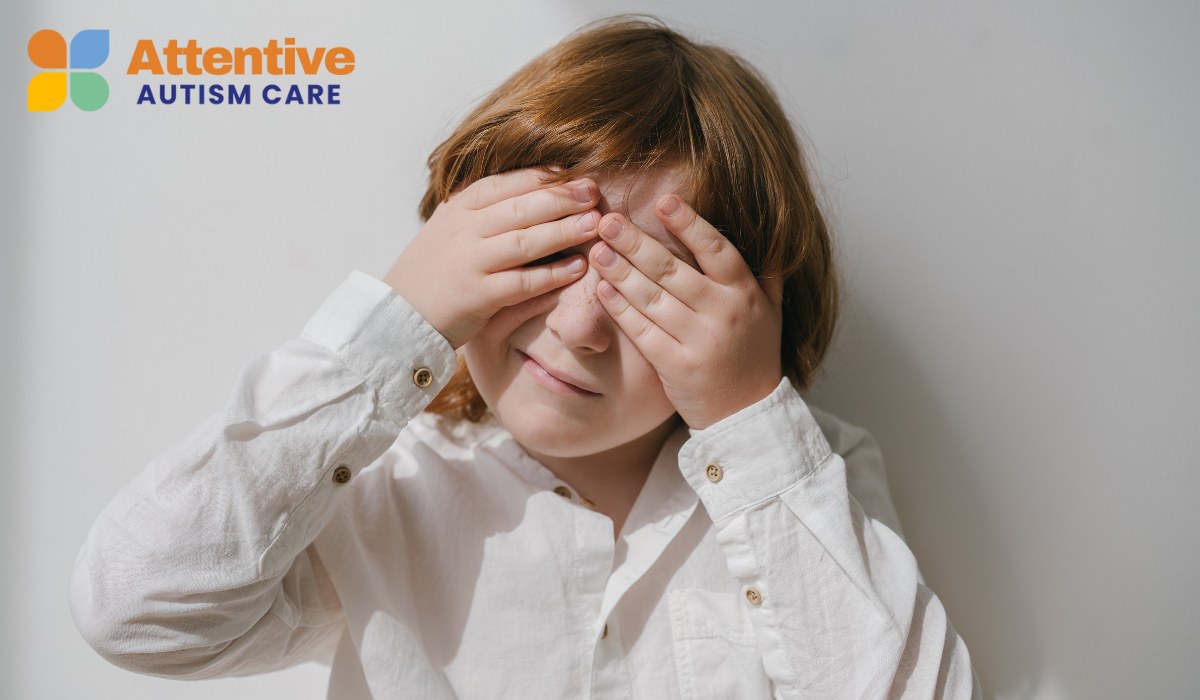
Building Coping Skills: Behavior-Based Strategies
Modifying the environment is essential, but it’s not always enough. To help your child manage light sensitivity in daily life, you’ll want to teach them compensatory and coping skills. Behavior-analytic (ABA-informed) approaches are especially effective here.
Think of this as training your child’s “light-armor.” Over time, they carry skills that help them endure and self-regulate when exposure happens.
1. Gradual Desensitization (Systematic Exposure)
- Begin with very low levels of light your child tolerates, then slowly increase (in increments) as they succeed.
- Pair each exposure with a reinforcer (praise, token, preferred toy) to build a positive association with that level of light.
- Monitor for signs of distress; go back a step if needed to ensure the child doesn’t become overwhelmed.
- Over time, you can work toward tolerating environments they previously avoided.
2. Teach Self-regulation and Coping Strategies
- Early communication strategies: Use choice boards, picture schedules, or a simple signal (e.g. “light is too bright” card) so the child can request changes or breaks.
- Relaxation techniques: Deep breathing, “blowing bubbles,” or visual imagery can help reduce arousal during exposure.
- Sensory breaks: Plan short escapes to dim-lit or calm spaces, even within challenging environments.
- Use of sensory tools: Sunglasses, tinted glasses, brimmed hats, visors, or light-filtering glasses may help moderate intensity when exposure is unavoidable.
3. Function-Based Planning and Reinforcement
- Use a Functional Behavior Assessment (FBA) to identify triggers, the function of the light-related distress behavior (avoidance, escape, attention), and the contexts in which it occurs.
- Based on your FBA, design behavior plans that teach more appropriate responses (e.g. asking for a break, removing oneself safely) and reinforce those responses consistently.
- If a maladaptive behavior (e.g. meltdown) occurs, ensure that extinction procedures or alternative response strategies are in place, done in a supportive way, not punishment.
4. Visual Supports and Predictability
- Use visual schedules or timers to show when lighting will change (e.g. “in 3 minutes we will turn off this light”).
- Use social stories or scripts to prepare your child for upcoming environments that may involve bright lights (e.g. going to a store, dentist, theatre).
- Let children choose which lighting option (lamp, table light, reading light) they want—this gives them a sense of control.
5. Integrate with a “Sensory Diet”
- A sensory diet is a scheduled plan of sensory activities throughout the day, designed to regulate arousal levels and reduce overload.
- Include visual, proprioceptive, and vestibular activities that balance sensory input (e.g. gentle swings, weighted vests, visual tracking tasks under tolerable lighting).
- Adjust the sensory diet based on fluctuations — for instance, after a screen-heavy task, plan a dim-light transition and a break.
When used consistently and patiently, these behavior-based tools can gradually expand your child’s tolerance, minimize distress, and empower them to advocate their sensory needs.
Supporting Your Child in Public and School Environments
Even with home adaptations and coping strategies, your child will inevitably encounter spaces you can’t fully control—classrooms, stores, clinics, restaurants. Planning ahead and coordinating with relevant adults is key.
Strategies for public and institutional settings:
- Pre-visit planning: Visit a space (e.g. school, store) when it’s less busy or dimmer (early morning, before peak hours).
- Lighting requests: Talk to teachers, therapists, or facility managers about dimming lights, turning off overhead fluorescents, or using alternate lighting (lamps, ambient).
- Portable lighting solutions: Carry a small, dimmable LED lamp, light-filtering cover, or tinted glasses for your child to use when entering unknown spaces.
- Visual/social guidance: Use a story or script (e.g. “We are going to a store. The lights might be bright. You can use your sunglasses or ask for a break.”)
- Exit strategy: Always have a backup plan (quiet hallway, sensory break room, shaded spot) if your child needs to temporarily exit.
- School collaboration: Work with IEP teams, teachers, and support staff to implement accommodations (e.g. low-light corner, seating away from glare, permission to wear light-modulating eyewear).
- Consistency in cues: Use the same signal, choice board, or break strategy your child uses at home in public settings to reduce confusion.
The more predictable, supported, and gentle the transitions are, the less sensory conflict your child will endure.
Monitoring Progress, Adjusting, and Preventing Regression
Your strategy cannot be static. What works today might need tweaking tomorrow as your child grows or environments change.
- Track exposures and responses: Maintain a light-sensitivity log (date, environment, brightness level, behaviors, coping strategy used, success/failure).
- Set incremental goals: Use small, measurable objectives (e.g. tolerate a lamp on for 2 minutes, then 5 minutes, then a dim room).
- Fade supports gradually: As your child improves, reduce external aids (e.g. move from tinted glasses to natural exposure).
- Anticipate transitional periods: Changes such as new school, new home, seasonal sunlight shifts often require re-adjustment of strategies.
- Collaborate across caregivers: Ensure home, school, therapists use the same signals, coping strategies, environmental modifications.
- Watch for signs of regression: If your child becomes more reactive again, pause the increase of challenge, revisit previous steps, and rebuild confidence.
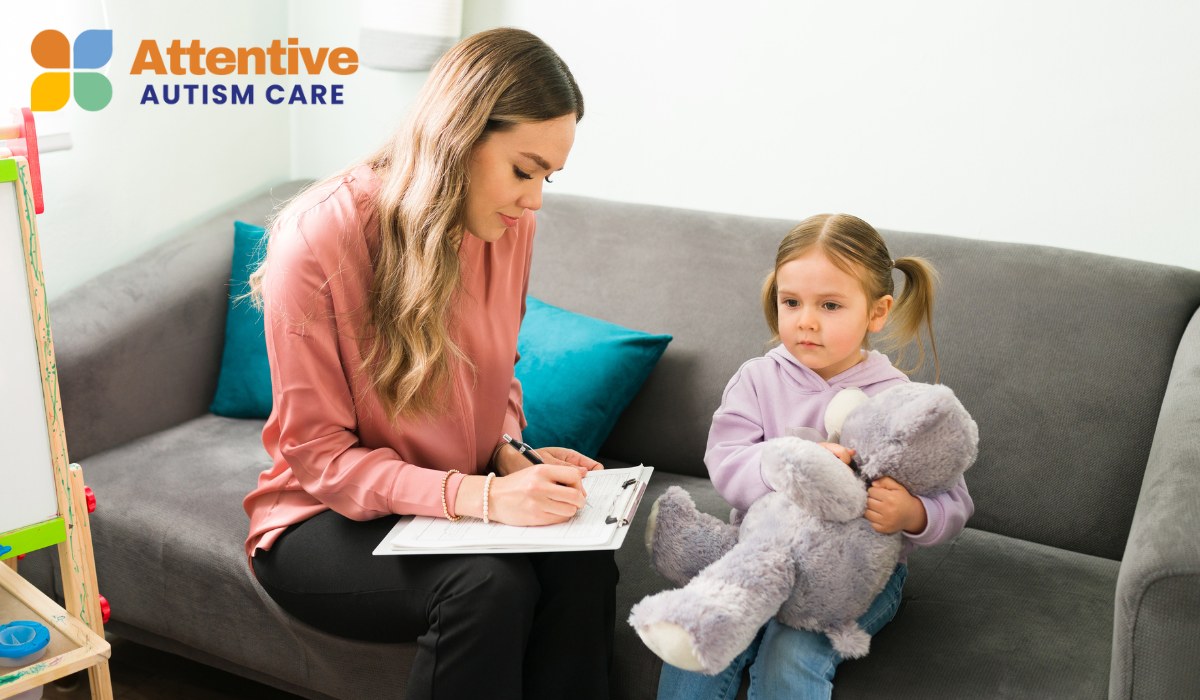
When to Seek Professional Help
If light sensitivity significantly impairs your child’s ability to learn, socialize, or enjoy daily life, a multidisciplinary approach is warranted.
- Ophthalmology/optometry: To rule out eye health issues (e.g. sensitivity due to refractive error, tear film issues, migraine-associated light sensitivity).
- Occupational therapy (OT) with sensory integration focus: OTs can design tailored sensory integration plans to support visual processing and cross-modality regulation.
- Behavior analysts/qualified ABA therapists: Particularly useful if the sensitivity is tied to avoidance/meltdown behavior or interfering with progress in other skills.
- Interdisciplinary team: Coordinating among BCBA, OT, psychologists, teachers ensures a coherent, sustainable plan.
Supporting Your Child’s Sensory Journey with ABA Therapy
Managing light sensitivity in autistic children is a journey, not a one-off fix. By combining environmental adjustments (warm, dim lighting, layering light, minimizing glare), behavior-based coping strategies (desensitization, communication tools, sensory breaks), and support in public/school settings, you can significantly reduce distress and promote engagement. Tracking progress and adapting over time ensures your approach grows with your child.
When light becomes less of a barrier, your child is freer to explore, learn, and connect—less distracted by sensory strain, more present in experiences they enjoy.
If you’re looking for structured support in this journey, Attentive Autism Care offers ABA therapy designed to help children develop coping skills, reduce maladaptive responses, and thrive across sensory challenges. Our team works closely with families to integrate sensory-friendly strategies into your child’s behavior plan and daily routines, so your child can feel safer, more comfortable, and more capable.
If you’re in need of ABA therapy in Utah, Colorado, North Carolina, Maryland, New Mexico, or Nebraska to address sensory sensitivities like light sensitivity, reach out to us. Let’s build a supportive path for your child’s sensory comfort and growth together.


